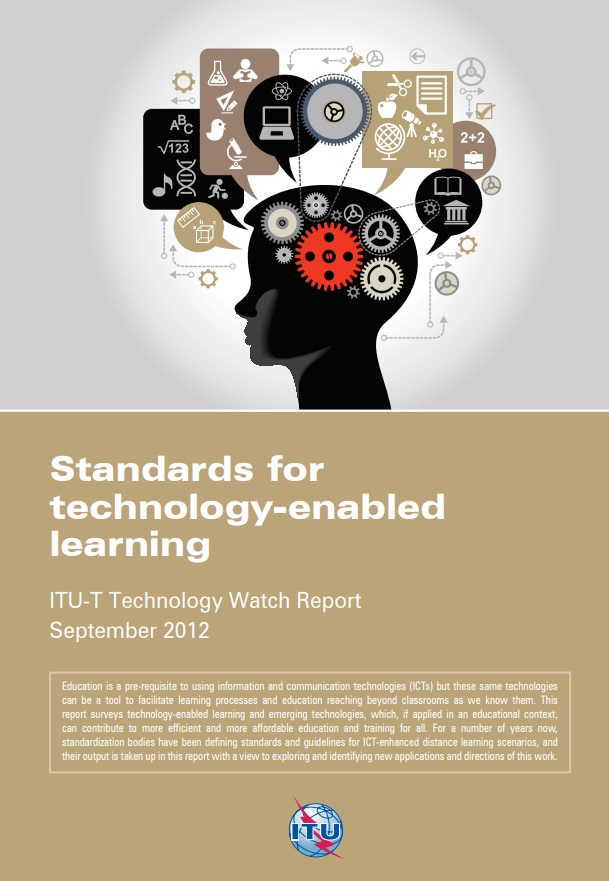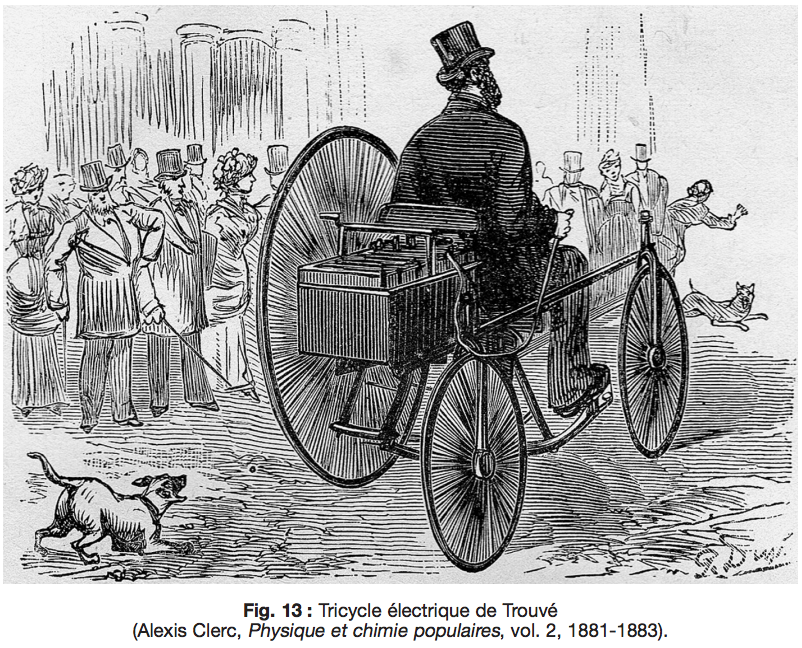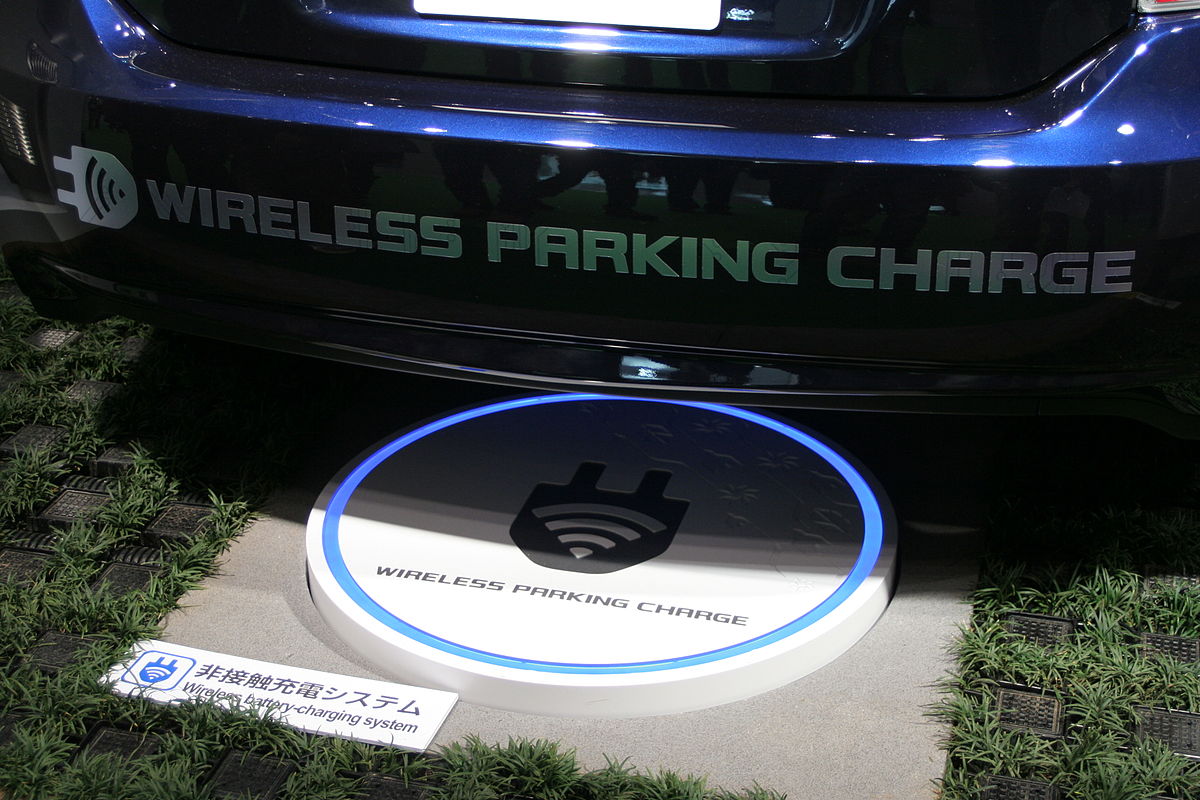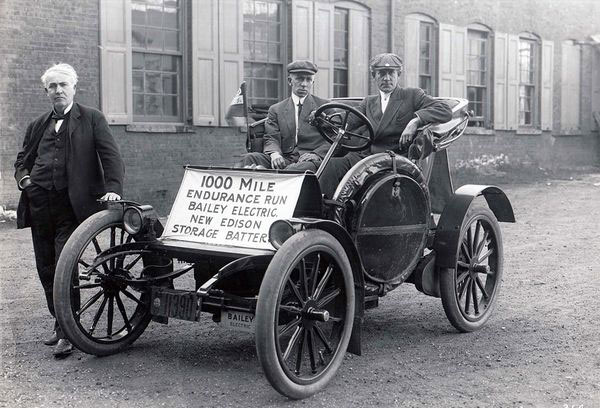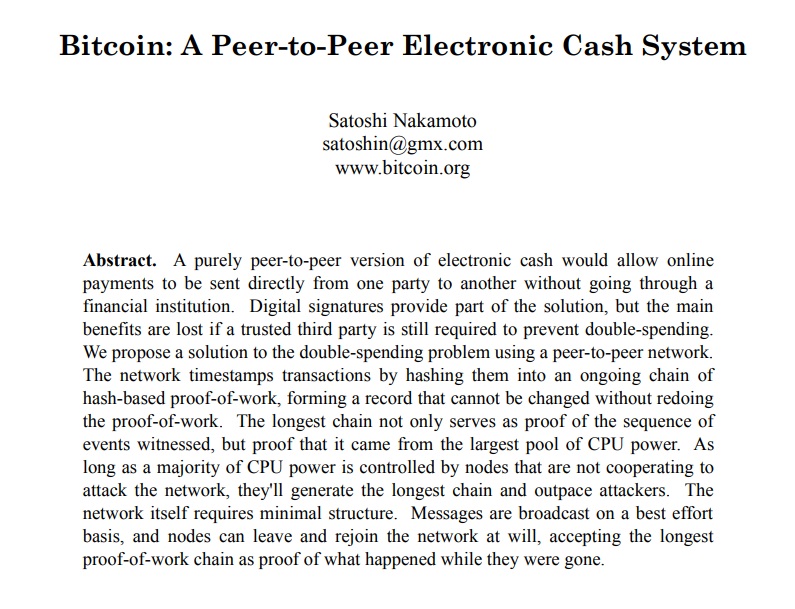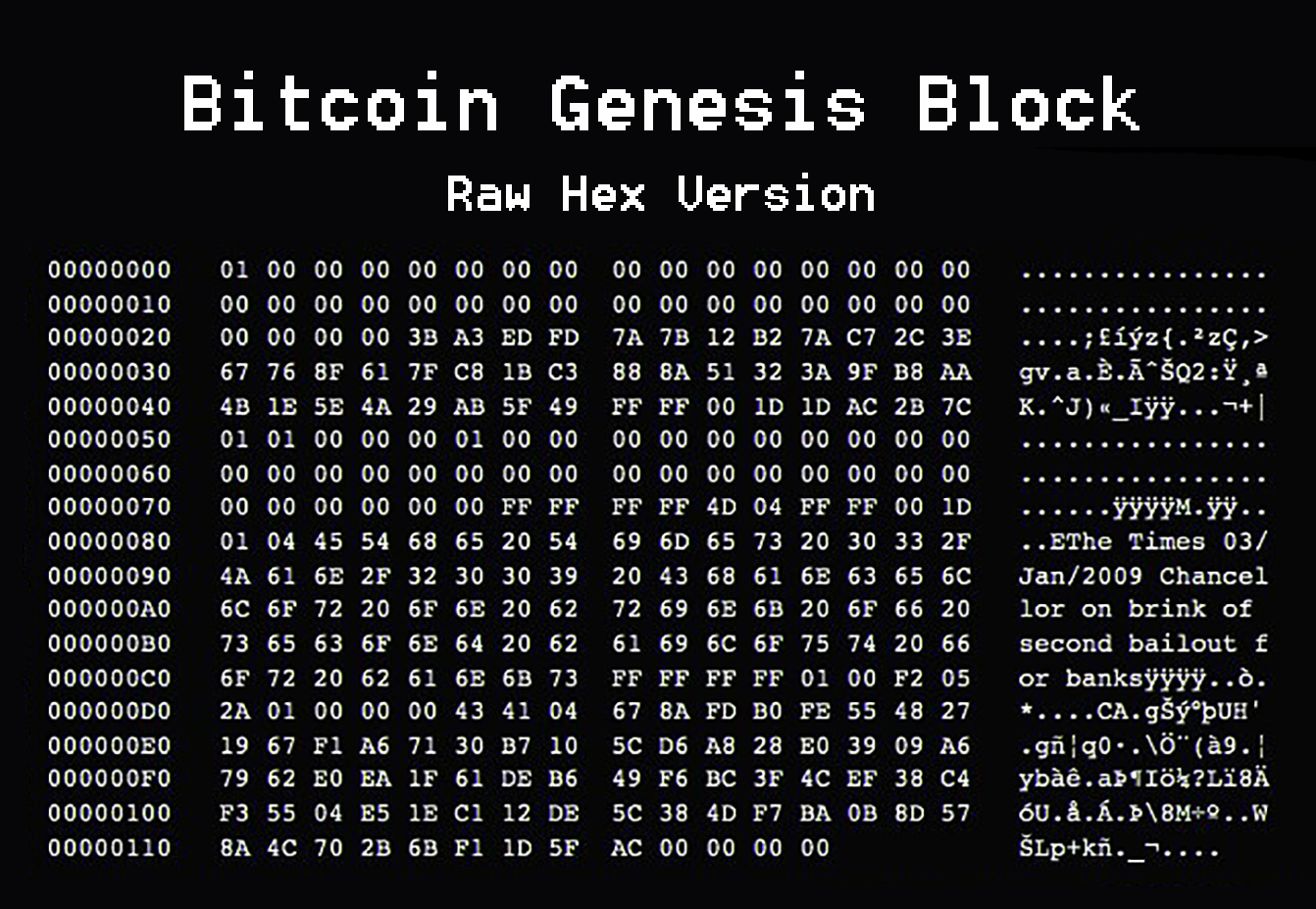Widespread use of electric vehicles (EVs) on large university campuses offers significant possibilities but also presents challenges. Possibilities include reduced carbon emissions, aligning with sustainability goals, as EVs produce zero tailpipe emissions compared to gasoline-powered vehicles. Campuses could deploy electric shuttles, maintenance vehicles, or shared EV fleets, decreasing reliance on fossil fuels. EVs could integrate with campus microgrids, leveraging renewable energy sources like solar panels. They also promote quieter environments, reducing noise pollution in academic settings. Universities could foster innovation by integrating EV infrastructure into research, such as smart grid technology or battery development.
Pros include environmental benefits, lower operating costs (electricity is cheaper than fuel), and enhanced campus branding as eco-friendly. EVs require less maintenance, saving long-term costs. Students and staff benefit from cleaner air and modern transportation options.
Cons include high upfront costs for EVs and charging infrastructure, straining budgets. Limited range and charging times may disrupt campus operations, especially for time-sensitive tasks. Charging station availability could lead to congestion or inequitable access. Battery production raises ethical concerns about resource extraction. Retrofitting existing fleets and managing grid demand pose logistical hurdles.
Balancing these factors requires strategic planning, but EVs could transform campus mobility sustainably.
We have followed standards setting action in this domain since 1993. During todays colloquium at 15:00 UTC we will answer questions about our involvement, guided by our Safer-Simpler-Lower Cost – Longer Lasting advocacy in all relevant standards. Use the login credentials at the upper right of our home page.
National Electrical Manufacturers Association
EV Charging Stations Integration into Public Lighting Infrastructure
Drivers and Barriers to Implementation of Connected, Automated, Shared, and Electric Vehicles
Et al.





